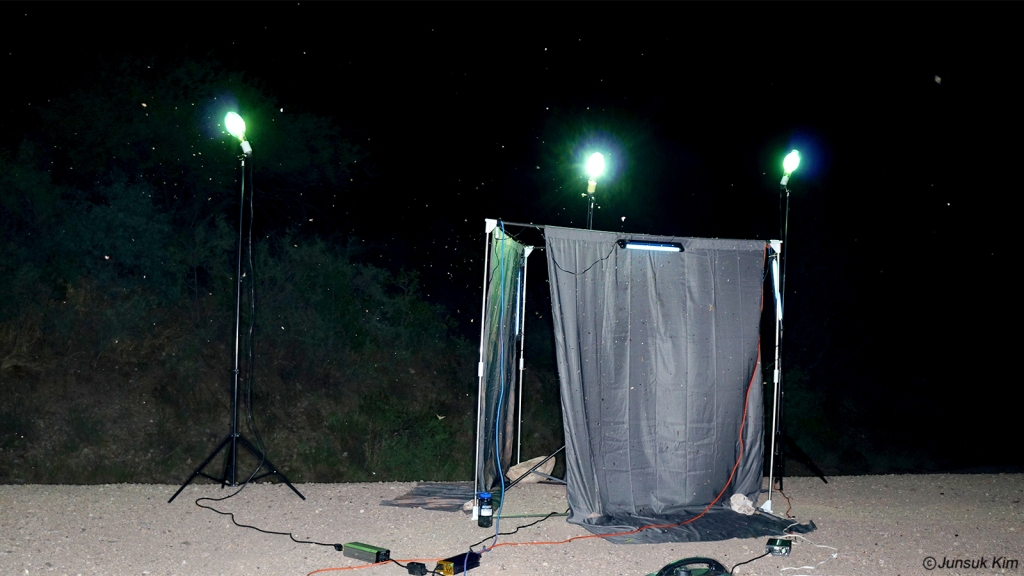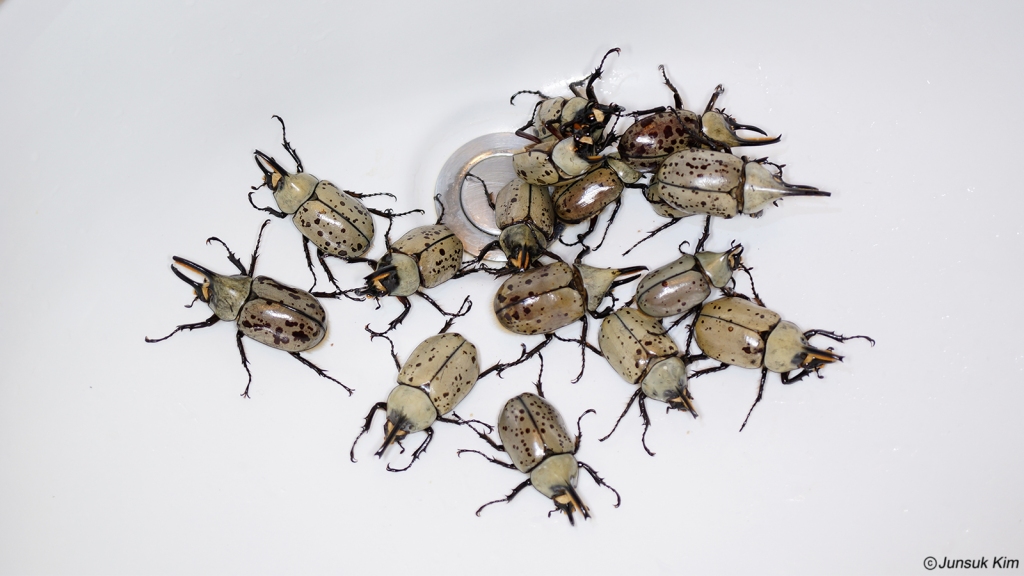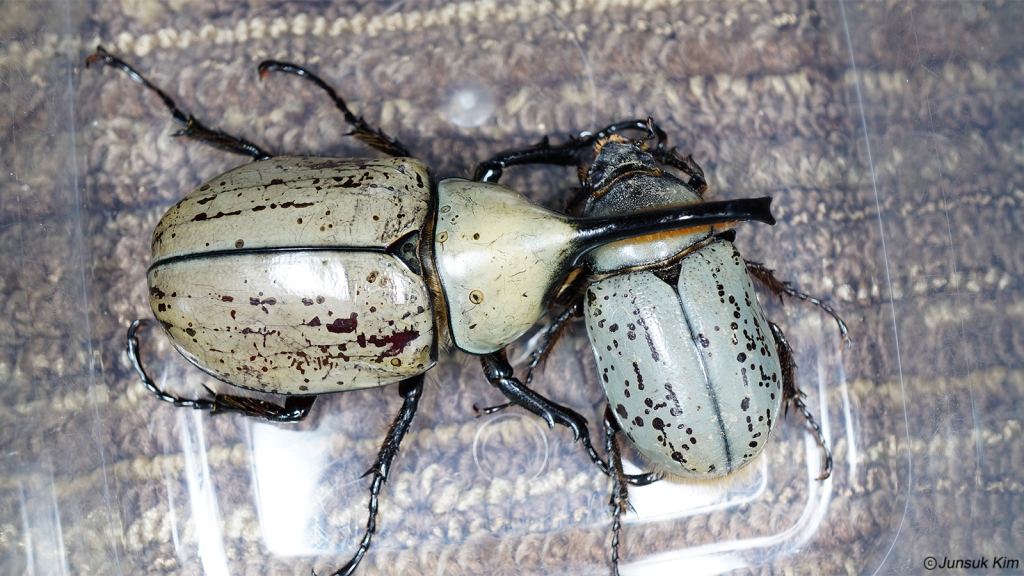Research Expedition to Arizona (2019)
Date: 29 August – 01 September 2019
Location: Coconino National Forest, Arizona, USA
A long-time collection trip dream since my childhood was to visit Arizona in person to study the habitat of where Western Hercules Beetle (Dynastes grantii Horn) occurs. There are currently two known Dynastes species occurring in the United States: Dynastes grantii Horn in western states (Arizona, New Mexico, Utah, …) and Dynastes tityus (Linnaeus) in eastern states (eastern Texas to Florida, north to New York, including Louisiana) (Ratcliffe and Cave, 2018). Vernon Antoine Brou Jr. and I have concluded *an extensive study of occurrence of D. tityus (Linnaeus) in Louisiana just a short while ago can be found in ResearchGate, Academia, or contact me for a PDF file.
*Kim, J. and V.A. Brou Jr. 2019. Dynastes tityus (Linnaeus, 1743) (Coleoptera: Scarabaeidae: Dynastinae) in Louisiana. The Southern Lepidopterists’ News, 41, 250-254.
A rough plan has been constructed and polished throughout the year with a continued discussion with my research colleague, Justin Seo (Houston, TX). Two additional members, Joseph Kim (Las Vegas, NV) and Lucas Ahn (Centreville, VA) has joined a month and a week ahead of an expedition.
Justin is an amateur ecologist, who studied scarab fauna of South Korea. He has an extensive knowledge/experience and recorded when and where each species are found in South Korea. He is now studying the Nearctic species.
Joseph is an expert videographer documenting scarabs, also runs a YouTube Channel for gaming and his insect collections. He was our key person to document our research expedition. Lucas has an extensive experience with scarab rearing. He has successfully reared and bred multiple insect species not yet well known to many other amateur enthusiasts.
D. grantii in Arizona are known to occur very abundantly, and even can be found by walking past the billboard and gas station lights. However, just picking up those beetles laying out from publicly available street lights does not help us studying their habitat. We therefore decided to conduct a research sampling in an area closer to potentially their actual habitat location, and explore the surrounding environment where we can ultimately observe them feeding on a tree sap. During the day we explored forest, and we sampled with light traps in night, and also visited many local gas stations and commercial buildings in multiple towns.
Here is a YouTube video I have processed in Korean language. An English version will be updated someday in the future: https://youtu.be/qWB9rKacX_I
And some images below:











A Red Jeep Wrangler Sport 4-Door is rented vehicle.



















